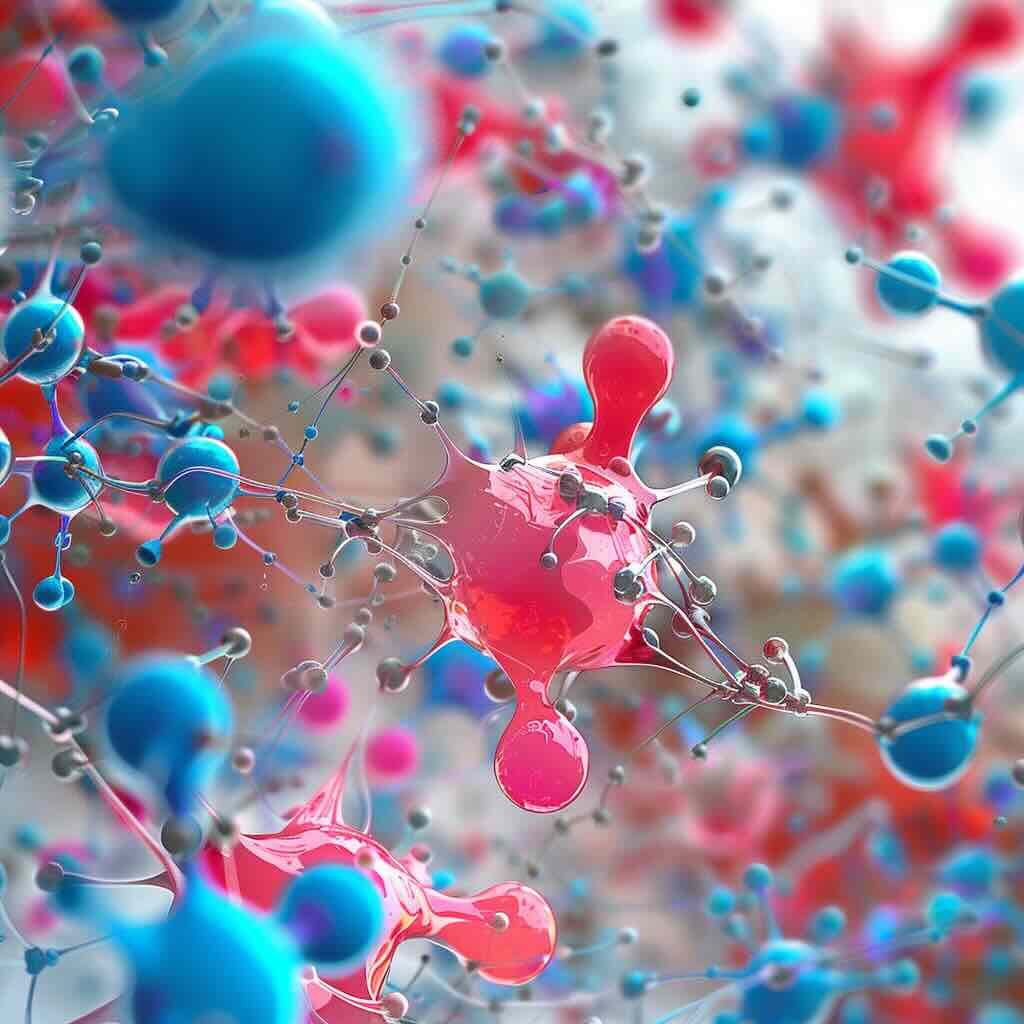More than just a headache, migraines are often severe and debilitating. They are also often accompanied by a range of other symptoms including nausea, vision problems, auras, and mental confusion. The pain tends to be focused on one side of the head and frequency can range from occasionally to recurrent several times a week.
Their ability to negatively interfere with quality of life makes it vital to figure out how best to get help with migraines. An important step in this process lies in determining why you are suffering migraines in the first place.
Some studies indicate that migraines may be a result of abnormal brain activity that interferes with normal functions like nerve signals and blood circulation. While it is not exactly known what causes migraines, there are often certain factors or triggers that make them more likely to occur in one person over another. Identifying the factors or triggers that could be influencing episodes could help in working out how to stop migraines.
What Causes Migraines
1. Risk Factors
Risk factors are not within the control of the sufferer. It mainly relates to genes or biology. In many cases, people that have a family history of migraines are likely to suffer the condition themselves. If you are a woman, you are three times as likely to suffer migraines than if you were a man.
Age can also influence the likelihood of migraines. While migraines can start at any time, most sufferers will have their first episode in their teens. The frequency also tends to peak in their 30s and begins to decline thereafter.
2. Common Triggers
Unlike the risk factors, migraine triggers can often be avoided or controlled through diet or other behavior. Learning the common triggers and making note of the circumstances surrounding your episodes can help you identify what may be causing the problem. Avoiding these triggers can then help in reducing recurrences.
- Hormonal changes – Some women can suffer migraines when there are changes in their estrogen levels. The use of birth control and other hormone treatments can trigger this effect. In some cases, the use of these medications may help stabilize hormonal shifts and therefore provide migraine help.
- Diet – Some foods can trigger migraine attacks. Those that are high in salt, artificial sweeteners, MSG, and highly processed can be problematic. For some sufferers, consuming alcohol or high caffeine drinks can also trigger an episode. Skipping meals or suffering dehydration can also cause migraines to occur.
- Stress – Both physical and mental stress can trigger a migraine. If engaging in extreme physical activity is triggering migraines, you will want to slow down to a more moderate pace. Negative emotions like anxiety and fear can cause tension, resulting in a migraine or helping to worsen the condition. Poor sleep quality or patterns can also impact stress levels and lead to migraines.
- Environmental factors – Triggers within your surroundings can also influence migraine attacks. From odors to noises, flickering lights to changes in temperature, many external factors may cause migraines to occur.

How to Stop Migraine Pain?
1. Manage Triggers
It is a big help for migraines when you can track episodes and identify possible triggers. Once you know what is influencing the condition, you can try to avoid the triggers and reduce bouts. If you find that noise and certain smells bother you, finding a quiet and dark space to take refuge for a while can help restrict these sensory influences and relieve pain. However, do keep in mind that just because something is a possible trigger, it may not apply to your situation. Some possible triggers can actually be a remedy.
For instance, caffeine is for some people a trigger, while in other instances can be a remedy. How does caffeine help migraines? Some people find that having a cup of coffee or tea can offer mild relief and even aid in boosting the absorption of pain relievers. The same can apply to physical exertion. Performing some aerobic exercise can help relieve stress and boost the circulation of blood and endorphins. This can also help promote better sleep which can prevent future attacks. Opt for low-impact workouts like swimming and yoga for best results.
2. Foods That Help
Being hungry and dehydrated can trigger migraines. Making a habit of eating a well-balanced and portioned diet at appropriate intervals is ideal. Sticking to a regular schedule can help prevent periods where your body begins to feel famished. Staying hydrated is even easier as you can often keep a bottle of water on hand throughout the day.
Targeting certain nutrients in your diet can also contribute to preventing attacks. Some studies show that certain foods help migraines. Those that are rich in magnesium and vitamin B2 can be of particular help. Also, look to foods that help in regulating blood sugar. Those with a low glycemic index will better regulate blood sugar for longer in between meals. Other types of foods that help with migraines include those rich in omega-3 fatty acids, like fish, legumes, and seeds.
3. Botox
There are many over-the-counter pain medications that migraine sufferers use to find relief. However, with time, some people do find that their condition becomes more resistant to their repeated use. This may force them to resort to stronger medications which can have more severe side effects and even addiction problems. To avoid this problem, your doctor may prescribe Botox injections.
Botox is better known as a cosmetic treatment for wrinkles. It has however proven very effective in providing relief to chronic sufferers of migraines. These are people that have bouts 15 days or more each month. How does Botox help migraines? Researchers think it blocks neurotransmitters from sending pain signals to the brain. This action provides sufferers with more pain-free days each month, making for a better quality of life.
4. Aromatherapy
Certain scents have been found to help promote a relaxing sensation and relieve pain. You can easily enjoy these benefits by drinking certain herbal teas like peppermint or ginger. They can also help relieve symptoms of nausea and vomiting.
Research has also shown that there are certain essential oils that help with migraines. This includes options like peppermint, lavender, rosemary, and eucalyptus. A simple and effective way to administer them involves applying them to a carrier oil and massaging them into the temples or chest. Massaging the temples makes it easy for the scent to carry to the nose, with the rubbing action often found to be relaxing and stimulates circulation. Where the migraine may be related to sinus pressure, rubbing the oil into the chest or adding it to hot water to inhale the steam is best.
When to See a Doctor
Migraines can have a serious impact on one’s ability to work, socialize, or even spend time with family. The condition can easily erode a person's quality of life and may even be an indication of more serious health problems. If you suspect that you are suffering from migraines, do consult with your doctor to try and figure out the cause and how you can best prevent episodes and the condition from worsening. While the simple fixes mentioned here may help in mild to moderate cases, anything more severe is best handled under the care of your physician.






